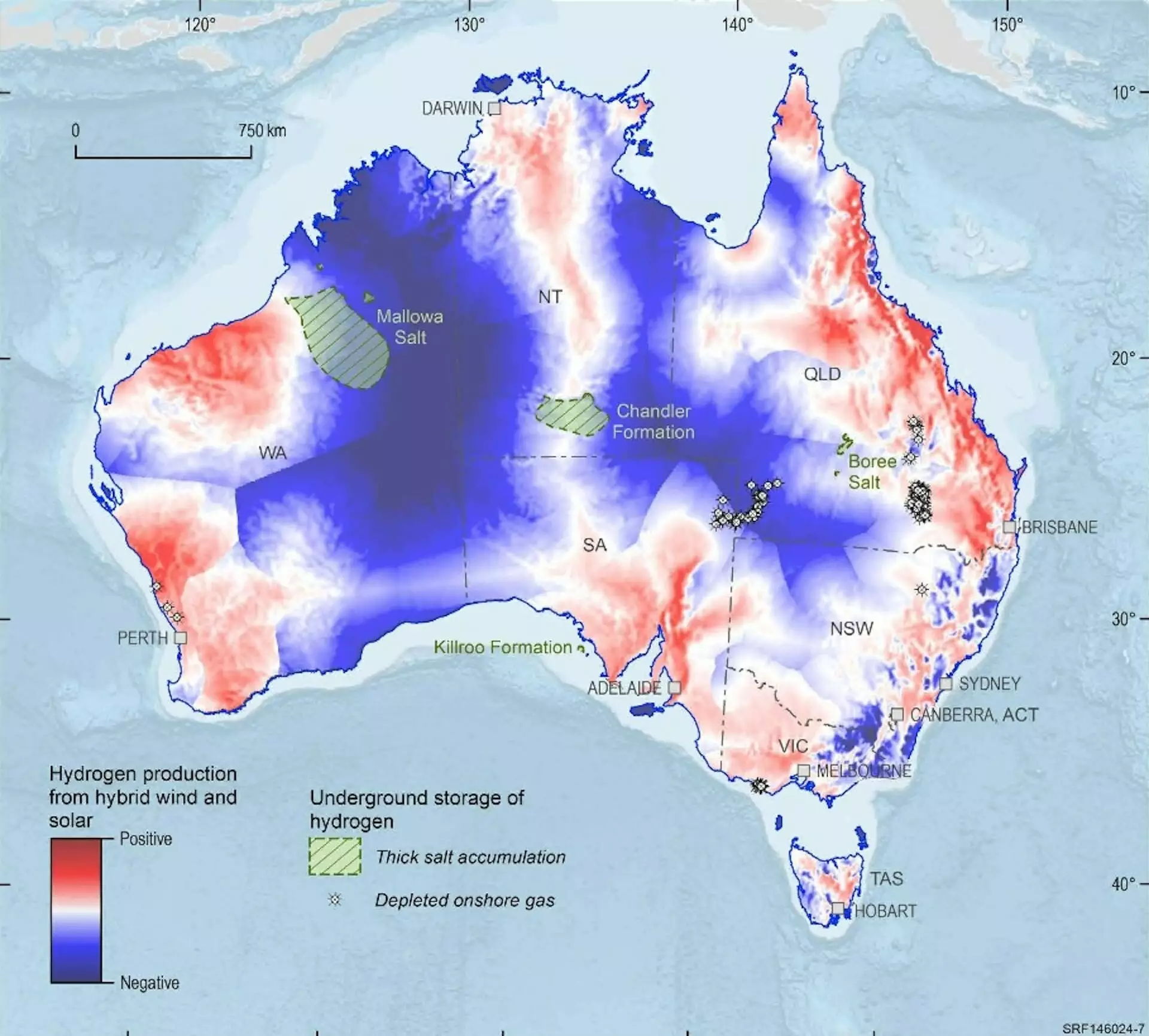The recent launch of Australia’s revised National Hydrogen Strategy marks a significant step in the country’s commitment to a low-emissions future. Announced by Federal Climate Change and Energy Minister Chris Bowen, this strategy not only lays out a framework to enhance the production of green hydrogen but also aims to position Australia as a frontrunner in the global green technology landscape.
The production of hydrogen is increasingly seen as essential in helping Australia meet its ambitious net-zero emissions targets. While the existing hydrogen industry primarily relies on natural gas, which emits greenhouse gases, the new strategy emphasizes the necessity of transitioning to “green” hydrogen. This cleaner form of hydrogen is produced through electrolysis powered by renewable energy sources, making it a pivotal player in reducing reliance on fossil fuels across various sectors, including steel manufacturing, chemical production, and transportation.
Despite the potential benefits, challenges remain abundant. As it stands, the process to produce green hydrogen is costlier compared to existing technologies. Therefore, a primary objective of the new strategy is to decrease production costs, and scale is pivotal to this initiative. With production targets of 500,000 metric tons by 2030, climbing to 15 million metric tons by 2050, the strategy outlines aggressive goals that must be met in order to establish a competitive hydrogen market.
The new strategy also addresses shortcomings noted in the former hydrogen strategy established in 2019, curated under the guidance of then-Chief Scientist Alan Finkel. One notable revision is the dissociation from unrealistic cost targets, such as producing hydrogen at less than $2 per kilogram. Previous assessments did not adequately consider the costs associated with transportation and storage. The current strategy favors a more pragmatic approach, suggesting that production and cost targets should be anchored in realistic frameworks to encourage sustainable investment.
Moreover, insight from market dynamics indicates that achieving the outlined production goals hinges on the willingness of industries to transition. The strategy identifies three key sectors—iron, alumina, and ammonia—where hydrogen could play a transformative role. Additionally, it highlights potential emission reduction areas including aviation, shipping, and freight trucking, showcasing an awareness of hydrogen’s practical applications.
To achieve the ambitious production targets, establishing a robust investment climate will be paramount. The interaction between government policy and market viability creates a complex environment for potential investors. There is an urgent need for clarity regarding priority funding sectors and the criteria for financial support. Questions linger around whether government support will cease once certain projects prove uncompetitive or whether priority sectors will be favored in funding decisions. Without this clarity, confidence in investment may wane.
While states have emerged as potential buyers for Australian hydrogen, recent discussions have turned toward Europe as a significant market. A noteworthy collaboration with Germany, which has a proposed investment of A$660 million, exemplifies the strategic partnerships that may strengthen Australia’s position in the global market. However, exporting hydrogen presents unique challenges, such as the high costs and logistical difficulties associated with transport, suggesting that domestic usage might represent a more immediate focus.
Public perception and community support remain critical components for any large-scale hydrogen initiative. The earlier version of the strategy recognized the community’s apprehensions regarding the safety of hydrogen as a combustible gas. In its latest iteration, the government underscores the importance of community benefits, specifically in creating jobs and fostering diverse regional economies. A dedicated outreach strategy is necessary to inform and engage local communities, especially First Nations people, in conversations about the potential impacts of hydrogen projects.
Another vital consideration in the new strategy is the environmental impact, particularly concerning water resources necessary for hydrogen production. The strategy emphasizes the need for responsible consultations and ensuring that ecological sustainability is a priority in development plans.
The success of Australia’s hydrogen strategy will not only be measured by its production metrics but also by the feasibility of establishing robust infrastructures that align with green energy objectives. A review scheduled for 2029 will allow policymakers to assess outcomes based on tangible progress, such as financing for hydrogen projects, contractual agreements with international buyers, and systemic shifts in domestic heavy industry towards cleaner fuel sources.
As Australia navigates through this ambitious transition, the ultimate challenge will be aligning governmental policies with industry growth and environmental sustainability. The evolving hydrogen landscape presents opportunities, yet it also demands flexible and prudent strategies to foster a vibrant, green hydrogen economy that is both competitive on the international stage and beneficial to local communities. If these objectives are not met, the country might have to reevaluate its strategic ambitions concerning hydrogen on the global front.

